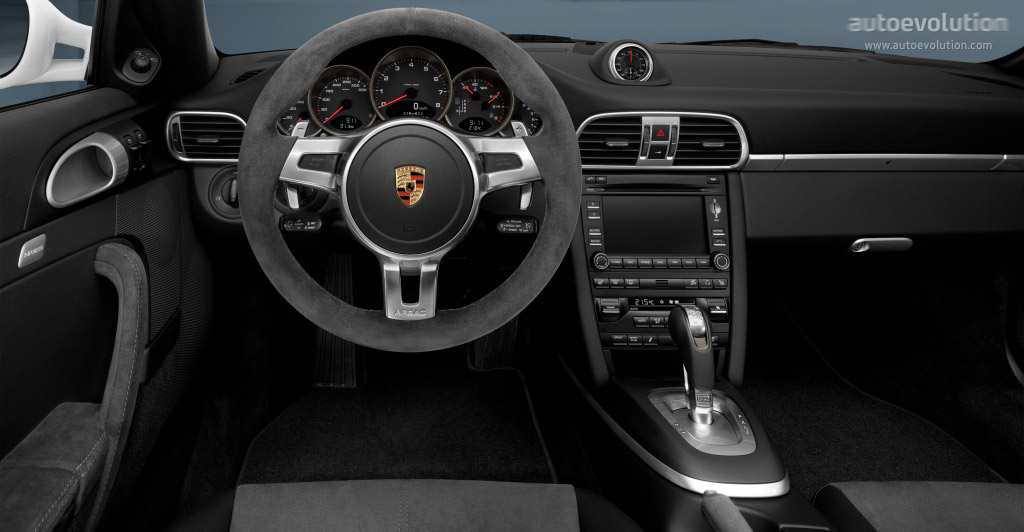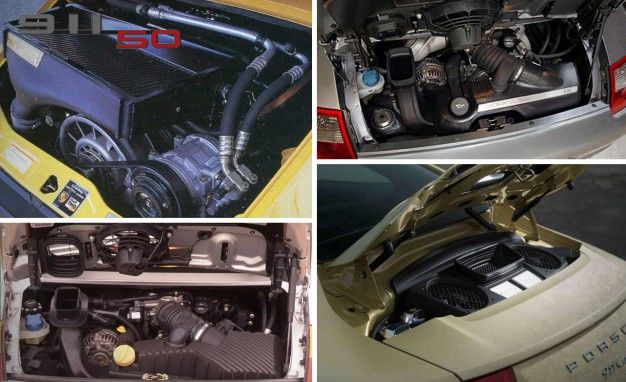
With thousands of Boxster, Cayman, and 911 engines Watercooled Porsche Models with Alusil and Lokasil Engines LN Engineering Nickies Block Sleeving for
RND RS Cylindrical Roller IMS Bearing Replacement Retrofit Kit. Camper Special and Mountain Climber kits. DRIVEN® Greases, Fluids and Car Care Products. DRIVEN® Transmission / Gear Fluids and Oils. Nickel Silicon Carbide (NSC) Cylinder Plating. Replacement Mahle OEM Porsche Cylinders. The “Bell 47” light helicopter used the Franklin O-335. Engine manufacturers used the letter “O” as a code for flat-layout engines. Flat-six engines, such as “Franklin O-265” and “Lycoming O-453,” were manufactured for aircraft vehicles in the 40s. Some motorcycles, such as the Honda Valkyrie F6C, enjoy the flat engine design as well.Īnother industry in which flat engines came in handy was the aircraft industry. Japanese car manufacturer Subaru started manufacturing water-cooled flat-six engines in the 80s. Hans Mezger, the master engineer who dedicated his career to engineering Porsches, designed the first 911, sticking to the traditional air-cooled flat layout used in the previous generation, but upgrading it from four cylinders to six.īesides Porsche, some other manufacturers used the flat design as well. But since Peugeot owned the rights to three-digit model names containing a zero in the middle, Porsche had to recode the car to 911. In 1963, Porsche introduced a brand-new sports car called the 901. Porsche continued the tradition into the 911 but continuously upgraded and enhanced the design of the layout. Ferry Porsche put this engine in his 356-001 model. The Beetle had a 1.1L flat-four engine that could produce 35 horsepower. Later on, Porsche adopts the flat engine layout inspired by the Volkswagen Beetle. Wilson-Pilcher upgraded a flat-four engine design by adding two cylinders and put it in front of their “18/24 HP” model. The critical element is that the cylinders are laid out flat on different sides of the crankshaft.īack in 1904, the English car company “Wilson-Pilcher” produced the first car with a flat-six engine. 
In the case of a flat-six, two sets of cylinders (each consisting of three cylinders) work in opposition to one another.


Also known as the horizontally opposed-six, the flat engine gets its name from how the cylinders are positioned.







 0 kommentar(er)
0 kommentar(er)
